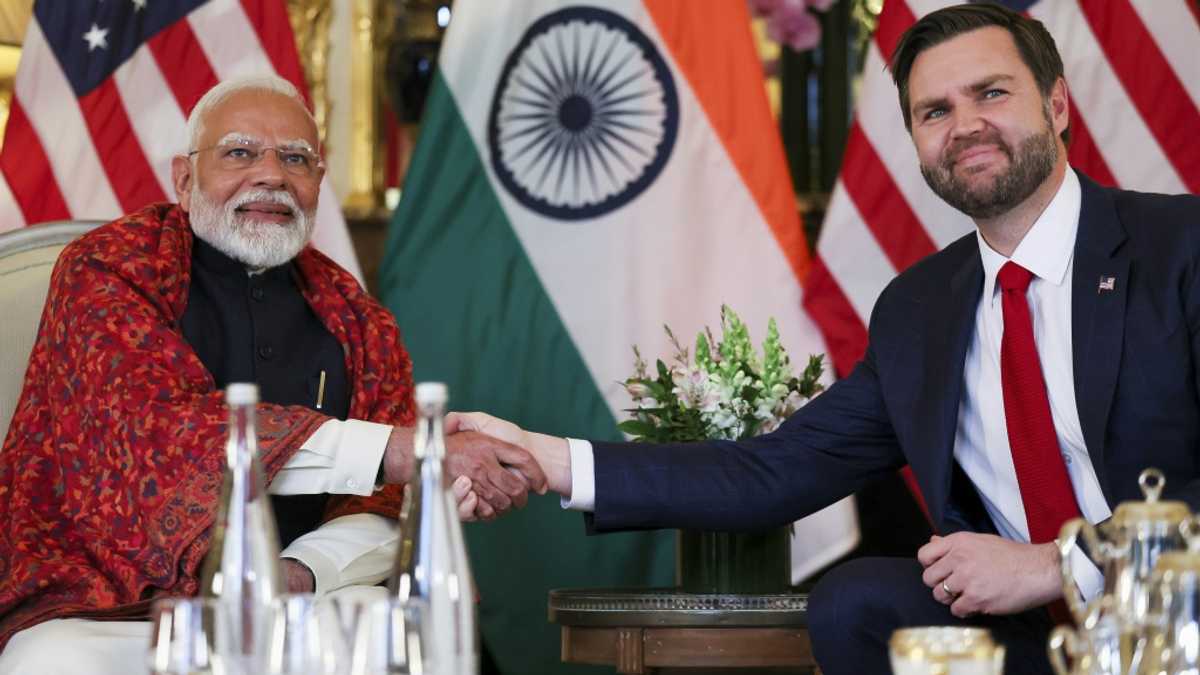Reclusive 'royals': Unravelling the mystery of Begum Wilayat Mahal
Feb 27, 2025 10:21 AM IST
One day, in 1975, the first-class waiting room of the New Delhi Railway Station became home to a woman, her three children, a posse of servants, a pack of dogs — and curious reporters, photographers and onlookers showed up with questions.

RV Smith, the raconteur of Delhi, who died in 2020, had summed it up best, “I remember that in the late 1970s a strange sight greeted us at New Delhi Railway Station — a gaunt middle-aged woman standing at platform No. 1 arms akimbo. Trains came and went but she continued to stay unperturbed by the sick hurry of life.”
The woman was Begum Wilayat Mahal, who claimed to be the descendant of the Nawab Wajid Ali of Awadh and had squatted at the railway station for almost a decade before the government gave her a “palace” in Delhi in place of the ancestral properties seized by the British in 1856.
The “palace” was Malcha Mahal, a Tughlaq-era hunting lodge, barely a kilometre inside from the ever-busy Sardar Patel Marg, found after following a narrow dirt trail which winds its way through countless monkeys, golden jackals and a thicket of vilayati kikar.
Also called Wilayat Mahal, up until 2017, the now almost decrepit monument was home to princess Sakina Raza, and prince Ali Raza (Cyrus) who was the last surviving member of the royal family of Awadh. The family lived an extremely secluded life, occasionally speaking to foreign correspondents. The articles that came out of these interactions only added to the air of mystery around them, describing servants carrying handwritten notes on silver platters and chained dogs that scared away visitors. Interestingly, there was no running water or electricity either.
The story of the reclusive “royals” continues to capture both national and international attention, with claims of their ancestry being under scanner for decades. They have intrinsically become an important part of the history of Delhi and Awadh, making them the last family to have lived in the Tughlaq-era monument.
Now, authors Aletta André and Abhimanyu Kumar, based in The Netherlands, have attempted to decode this mystery with their book The House of Awadh (Harper Collins, ₹599) released on February 26.
“It is hard to imagine that someone had been living here just some months earlier, let alone had lived there for years. More than three decades of life had been looted and ravaged. Who knows what happened to the carpets, the souvenirs, the paintings and the signboards?” write Andre and Kumar in chapter one.
On a sunny late afternoon winter, HT met the duo at Malcha Mahal, which falls under the state archeology department now, where they spoke about putting together this jigsaw puzzle. “The aim was not to determine whether the family were ‘royals’ or not, but to simply tell their story, as people remembered them... They have been mocked and stigmatised so much, particularly towards the end of their lives, and even after that,” said Andre, as he walked down the winding dirt trail that the family used to get to the dwelling.
Over the years, there have been questions on the family’s lineage, the most prominent being a 2019 article by the New England Bureau Chief of The New York Times, Ellen Barry, which said that Wilayat, in fact, had no connection to the royal family of Awadh.
Piecing together the story
It all began in 2015, when Kumar, a journalist at the time, heard whispers of Sakina’s death, but there was only one way to confirm it – to ring up Ali Raza, who was living at Malcha Mahal. “I got his contact from a guard at the Indian Space Research Organisation (Isro) Earth Station next to the Mahal... They used to check in on him often then. When I called up Ali Raza, he told me very cryptically that Sakina is ‘around’,” said Kumar.
For the next two years, Kumar and Andre wrote multiple pieces on the family, before finally deciding to write a book on them in 2017. “There was a lot more to this story and to the family, especially after 2017, when Ali Raza died... Malcha Mahal was finally accessible,” said André, Dutch journalist and historian.
Ali Raza died a lonely death. After locals had not spotted the prince for several days, they alerted the police, who found his body in Malcha Mahal. He had died of natural causes.
A month after Raza’s death, Andre and Kumar visited Malcha Mahal and found paintbrushes, colours, an easel, chipped and broken “royal” cutlery, expensive carpets, handwritten essays on Awadh’s history on a paper embossed with the emblem of two fishes -- the symbol of the House of Awadh – Dutch magazines on dogs in, and envelopes with stamps from across the world.
“We found a treasure trove of documents and paraphernalia of their lives. This was like a jigsaw puzzle that we tried to put together. It also confirmed things that we knew, but needed proof about – for instance, that Ali Raza loved to paint. We also found magazines in Dutch, which were possibly taught to him by a Dutch friend. A lot of items had already been looted too,” Kumar said.
In this heap, they found something that perhaps paved the way for the book – a piece of paper with several phone numbers scribbled on it, including that of Mohammad Kasim, who had served the family both at the railway station and at Malcha Mahal.
“Kasim, perhaps, knew the family better than everyone, having been their help from 1976 till just before Mahal’s death in 1993. We even took him along to Malcha Mahal and he showed us where the family used to sit, eat and drink. He told us that he used to address Mahal as rani sahiba and firmly believed that she was royalty,” said Andre.
The book is peppered with stories that Kasim has told the duo, from Mahal doing yoga during the early hours of the day, to her fondness for The Statesman newspaper. “She smoked and liked to sew, Ali Raza liked to sketch and paint, and Sakina used to write. We also learn that Sakina and Mahal would not go out, but it was always Ali Raza who would go out to get food and other items,” said Kumar.
The story moves back and forth between Delhi, Awadh, Kashmir and Pakistan and has been stitched together with interviews of over 50 people including nawabs of Lucknow, Jafar Mir Abdullah and Ibrahim Ali Khan, Sabia Rashid, a former neighbour of Wilayat in Kashmir and Iftekhar Sadiq, the grandson of GM Sadiq – a politician in Jammu & Kashmir in 1970s.
The family lived in Pakistan post-partition, then moved to Kashmir, before reaching the New Delhi railway station. While Andre visited Pakistan to uncover more about the family, Kumar spent time in Kashmir. “The most interesting thing we learned about them was how ordinary and simple their lives were in Kashmir and Pakistan. There were multiple people who remembered them as ‘normal’ neighbours. Ali Raza and Sakina played cricket with other children, Mahal shared dishes with her neighbours – which is in stark contrast to what they became later, completely dehumanized or ghostly,” said Kumar.
They describe Mahal’s journey through her time in Pakistan and Kashmir as one that possibly shaped her time in the capital – emboldened with hardships.
“This is what we have deducted and (for that) we spoke to psychiatrists too. The death of her husband, and her child in Kashmir might have led to her arrival in Delhi, and that persona,” Andre said.
The duo reiterated that their goal was not to prove whether they were indeed descendants of Nawab Wajad Ali or not, but present facts and people’s memories – one that allows the reader to make their own judgement. Fittingly, the penultimate chapter is titled “Royal after all?” and the last chapter, “Beyond Truth and Lies”.
“What I can say is that there is a grain of truth to everything Mahal said. There were no outright lies. It is remarkable how much truth there is (to the things she said),” said Kumar as he stared out a window of Malcha Mahal.
![]() Recommended Topics
Recommended Topics












